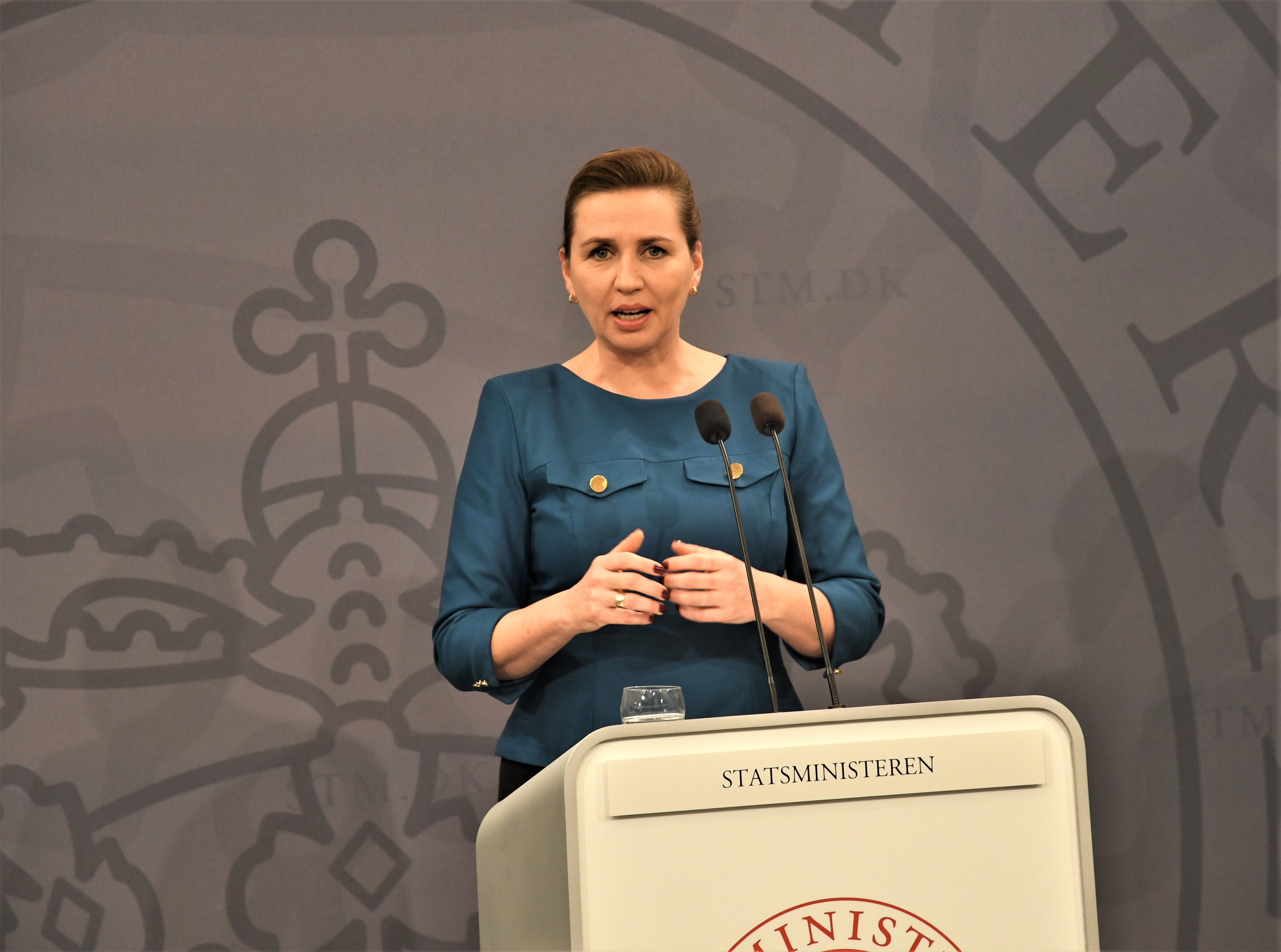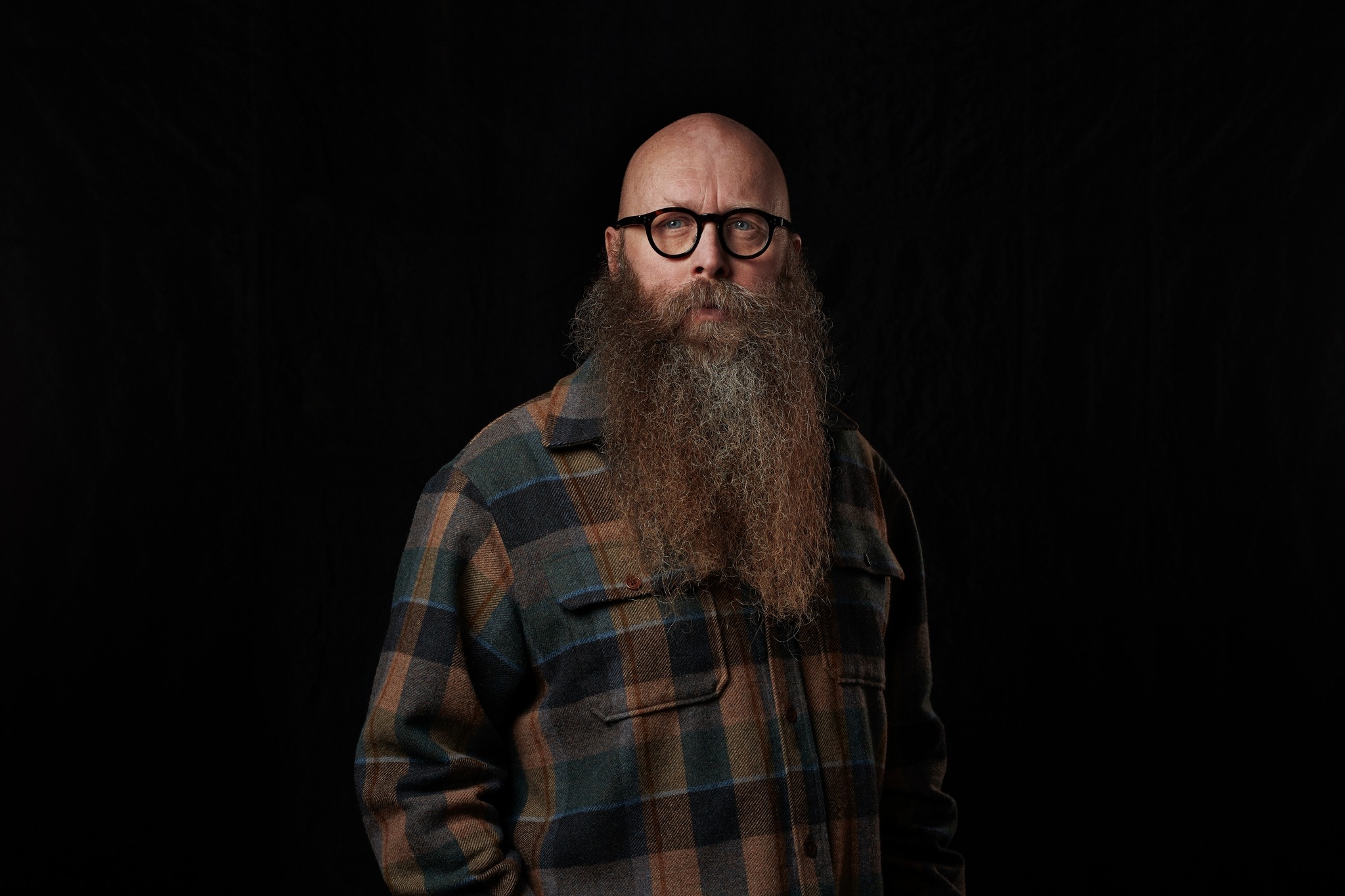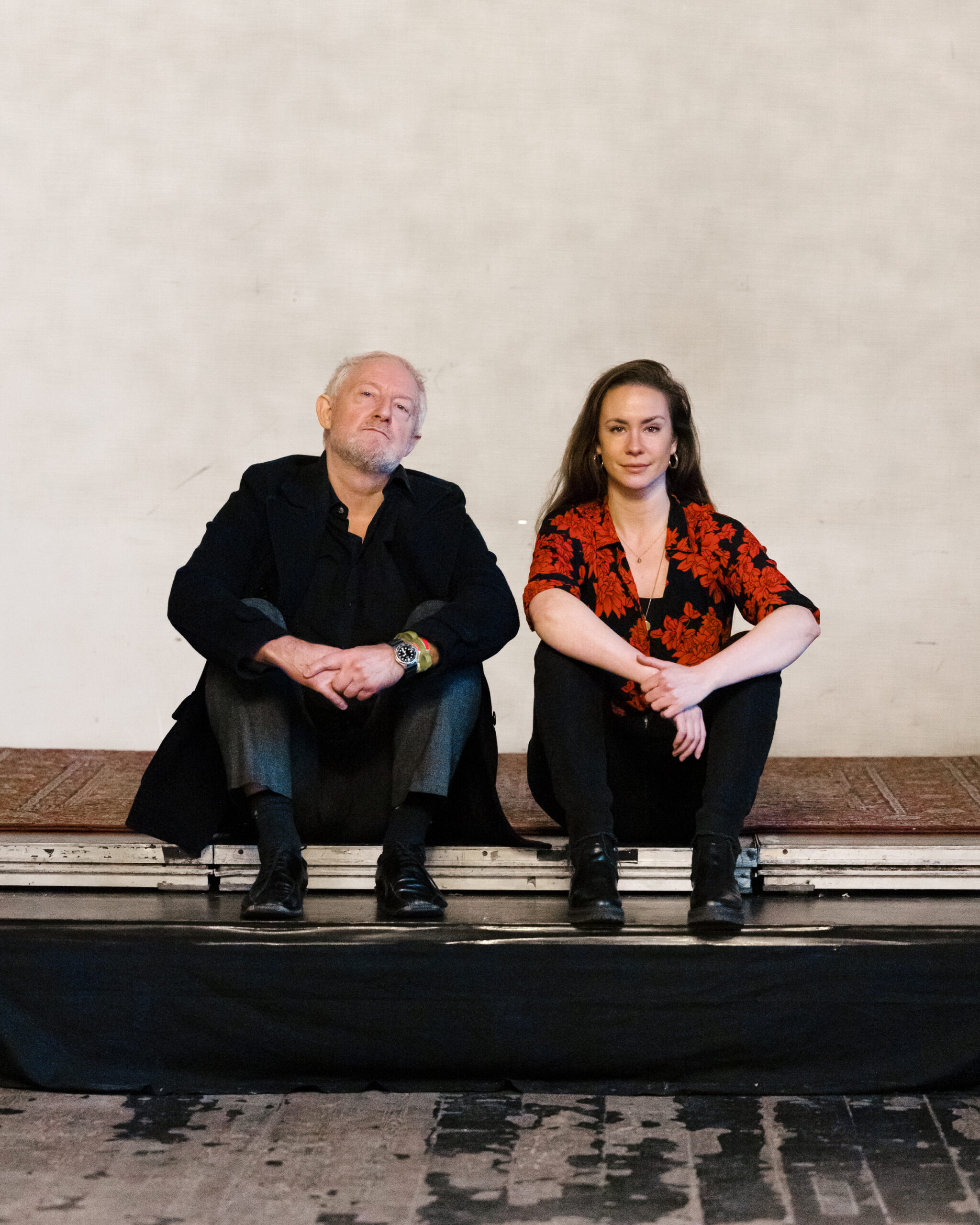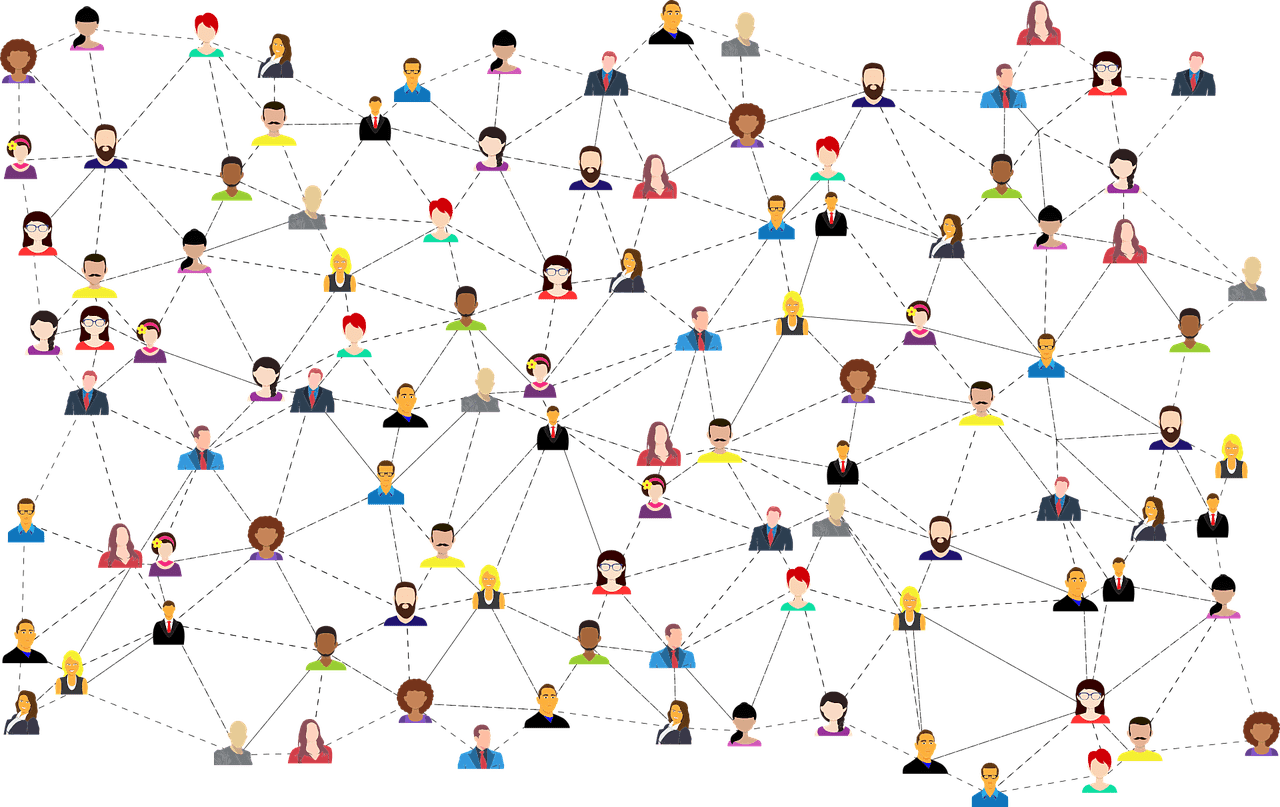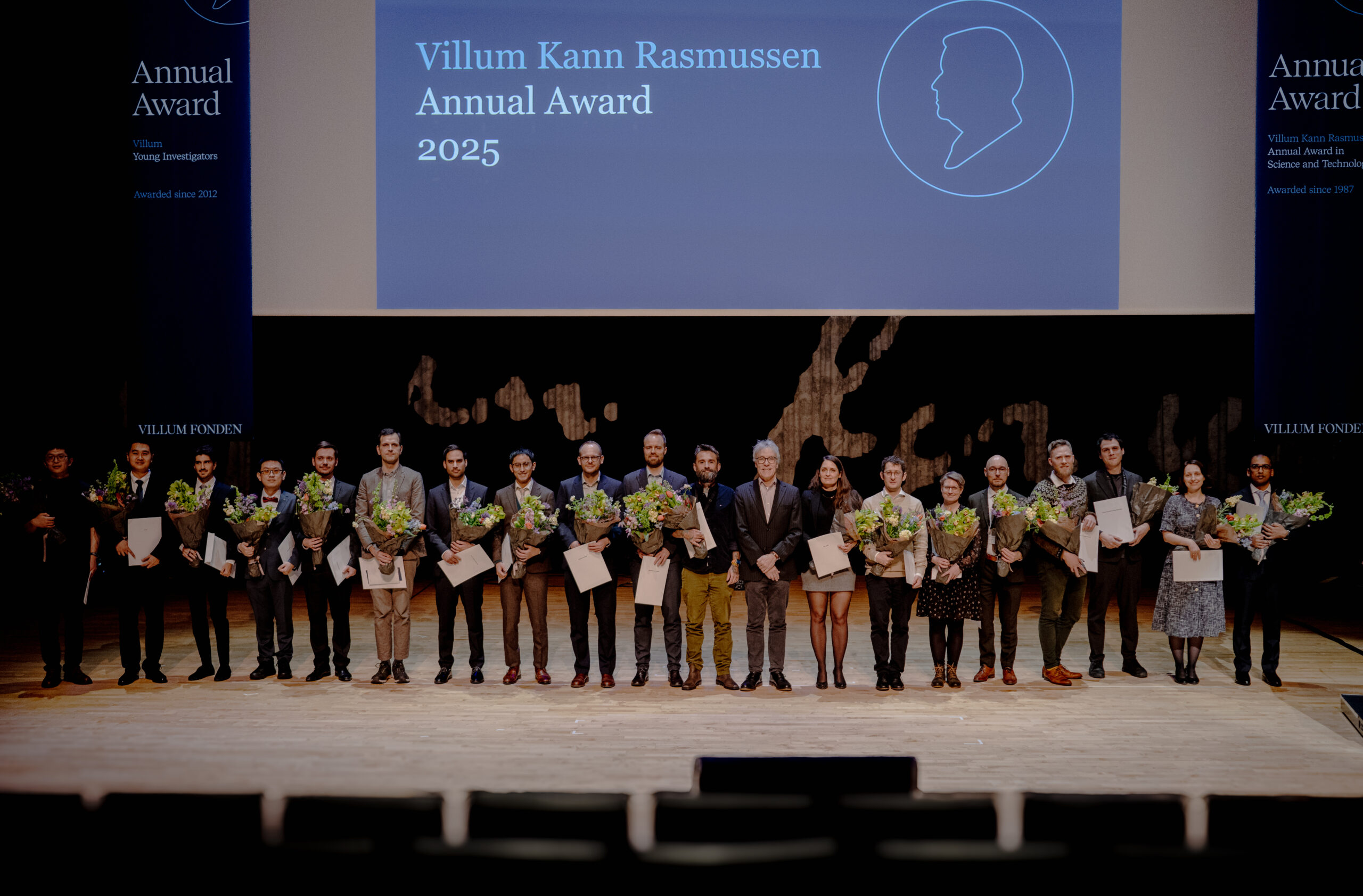Although Danes with immigrant background make up more than 10 percent of the Danish population, they represent less than 5 percent of sources quoted in the country’s news coverage, a recent study conducted in part by Ny-Dansk Ungdomsråd, an organisation representing the interests of ethnic minority children, finds.
In those rare cases where immigrants are interviewed, they are rarely asked about everyday life in Denmark. Rather than fielding questions concerning taxes or education, minorities are more likely to be asked to comment on crime, social benefits, immigration or forced marriage.
Nearly 50 percent of news stories concerning minorities and integration focus on crime and drugs.
Samira Nawa, chairperson of Ny-Dansk Ungdomsråd said that reporters needed to make an effort to ask immigrants the same questions they would pose to white Danes.
“It is important that journalists understand that if they are taking a poll about something like the congestion charge that they need to also interview those who may look a bit different or have an unusual name and not just Mr and Mrs Jensen,” she said.
Michael Johnson, also with the Ny-Dansk Ungdomsråd, said the goal of the study is not to distort reality, but to underline that minority Danes are “normal citizens who contribute positively to society”.
“We have no problem with facts,” said Johnson. “We realise that people with immigrant backgrounds are over-represented in crime statistics, but only a small percentage of immigrants are involved in crime.”
The study concludes that while minority men may be under-represented in the Danish press, minority women are nearly non-existent.
Two-thirds of all minorities quoted in the media are men, so immigrant women find themselves in what the study calls a “double minority” position. Nawa said this creates special challenges for minority women.
“Many with minority backgrounds have negative expectations, so they cross their arms and avoid talking to the media,” said Nawa. “If the society is to become more trusting, both the immigrants and the journalists need to be more open-minded.”
The study looked at news stories from the eight newspapers and two TV stations researchers believe are DanesÂ’ primary sources of news. Radio and the internet were not examined.
The survey was commissioned by press association Ansvarlig Presse, Ny-Dansk Ungdomsråd and designed and published by Kontrabande.




